Sperm Morphology: Getting Pregnant with Poor Morphology
Fertility Treatment
Sperm morphology refers to the size and shape of sperm cells and has a crucial role in male fertility. The evaluation of sperm morphology is an essential part of semen analysis, as it provides valuable information about the quality and viability of sperm.
In this article, we will explore the significance of sperm morphology in male reproductive health, its impact on fertility, and the factors that can influence sperm morphology. Understanding both the implications and contributing factors allows us to navigate how to correct such issues and determine the sperm morphology abnormal range that may affect fertility. This knowledge is particularly relevant for couples facing challenges in conception, providing a comprehensive understanding of sperm morphology's intricate role in reproductive health.
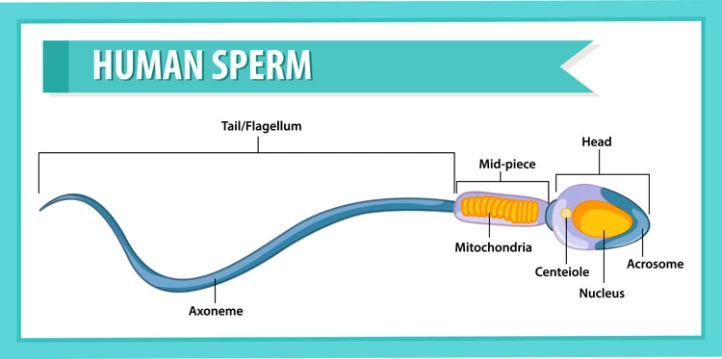
What Is Sperm Morphology?
Sperm morphology refers to the size and shape of men's sperm. It is an important aspect of male fertility as it delivers information about sperm quality and viability. Sperm with normal morphology can have a higher chance of successfully fertilizing an egg, while sperm with poor size and structure can cause male infertility problems.
The significance of sperm morphology lies in its role in male reproductive health. Normal sperm morphology is crucial for successful fertilization and embryo development. Sperm with abnormal morphology may have difficulty penetrating and fertilizing the egg. As a result, couples with male partners who have abnormal sperm morphology may experience difficulties in achieving pregnancy.
Teratospermia (Abnormal Sperm Morphology): One of the Major Causes of Male Infertility
Teratospermia, or Teratozoospermia, refers to an anomaly leading to sperm production with abnormal shapes. This condition is used to investigate the specific defects in sperm morphology. Teratospermia may involve abnormalities in the sperm head, body, tail, or a combination.
The severity of Teratospermia is categorized into three groups:
- Mild Teratospermia, including a percentage of normal-shaped sperm in the 10 to 14% range.
- Moderate Teratospermia, comprising a percentage of normal-shaped sperm in the 5 to 9% range.
- Severe Teratospermia, involving a percentage of normal-shaped sperm less than 5%.
It's important to note that Teratospermia can either be reversible or irreversible, potentially causing disruptions in fertility.
What Is the Normal Range for Sperm Morphology Testing?
Sperm morphology is typically tested through semen analysis using manual or computer-assisted analysis. During a semen analysis, a sample of semen (containing at least 200 sperm) is collected and examined under a microscope. To assess sperm morphology, the percentage of sperm with normal morphology is counted. According to The World Health Organization (WHO), a normal or healthy sperm morphology ranges between 4%-14%.
The results of sperm morphology testing, based on the strict Kruger criteria for determining fertility potential, are as follows:
- Morphology of sperm greater than 14% = Normal sperm with high fertility potential
- Morphology of sperm between 10 to 14% = Sperm with good fertility potential
- Morphology of sperm between 5 to 10% = Sperm with average fertility potential
- Morphology of sperm less than 5% = Sperm with low fertility potential
What Are the Types of Sperm Morphology?
Several types of sperm morphology can be observed during a semen analysis. They include:
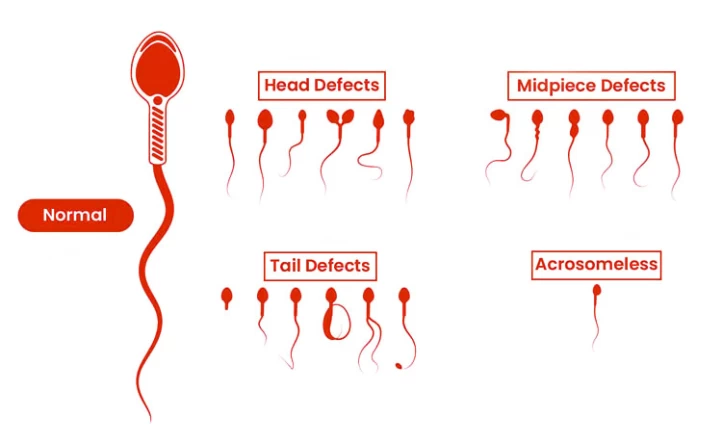
Normal Morphology
Sperm with normal morphology have a regular shape and structure, including an oval-shaped head, a healthy midpiece, and an uncoiled single tail.
Sperm Head Abnormalities
This includes sperm with abnormally shaped heads, such as macrocephaly or abnormally large-head sperm, microcephaly or small-head sperm, pinhead sperm (abnormally small head sperm, when the head contains minimal to zero paternal DNA content), tapered head sperm (sperm with a head that gradually narrows towards the tip), and thin head sperm.
Sperm Midpiece Abnormalities
Midpiece defects refer to abnormalities in the middle section of the sperm, which contains the mitochondria responsible for providing energy to the sperm. These abnormalities can include structural defects, such as large swollen, bent, or coiled midpiece, as well as issues with mitochondrial function.
Sperm Tail Abnormalities
Sperm with tail defects may have bent, coiled, short, or absent tails. These abnormalities can affect sperm motility and their ability to swim towards the egg.
Sperm Multiple Abnormalities
Some sperm may have multiple abnormalities in their morphology, such as having both a large head and a coiled tail.
What Are the Causes of Abnormal Sperm Morphology?
Some Factors that can cause sperm morphology abnormalities may include:
- Genetic factors that can be inherited or arise spontaneously;
- Hormonal imbalances such as low testosterone levels can impact sperm production and morphology;
- Wrong lifestyle behaviours such as smoking, drinking excessive alcohol, being overweight, and having a poor diet;
- Exposure to certain environmental toxins, such as pesticides, heavy metals, and radiation;
- Elevated temperatures in the testicles, which can be caused by tight underwear, hot baths or saunas, or prolonged sitting;
- Certain infections, such as sexually transmitted infections or urinary tract infections;
- Varicocele that is a swelling of the veins within the scrotum, which can increase testicular temperature;
- Certain medications, such as chemotherapy drugs or antifungal medications;
- Certain medical treatments, such as radiation therapy or surgery on the reproductive organs.
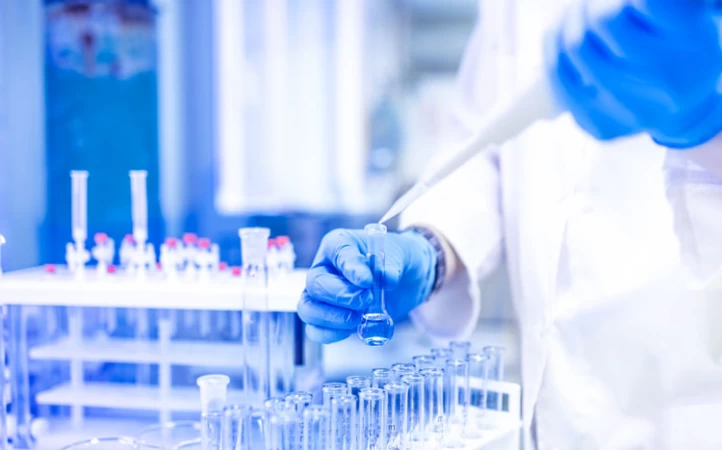
How Can Sperm Morphology Affect Fertility?
It may be more difficult for a couple to conceive naturally if sperm with poor morphology have trouble reaching and fertilizing an egg. Fertilization failure may also result from defects in the sperm cell's head or other areas that impair the sperm's capacity to transfer genetic material to the egg.
Notably, the majority of men with aberrant sperm morphology are capable of becoming parents. But it might take longer or require IVF or other assisted reproductive technologies (ART).
How to Correct Sperm Morphology?
Abnormal sperm morphology treatment options can be as follows:
Lifestyle Changes to Improve Sperm Morphology:
Adopting a healthy lifestyle can improve sperm quality. This includes:
- Maintaining a balanced diet that is rich in antioxidants;
- Getting regular exercise;
- Avoiding excessive alcohol consumption;
- Reducing the amount of caffeine;
- Avoiding stress;
- Getting enough sleep.
- Avoiding hot baths or saunas;
- Wearing loose, cotton boxer shorts;
While these lifestyle behaviors can potentially improve sperm quality, it is important to note that genetic factors primarily determine sperm morphology. Therefore, it is unlikely that patients can significantly improve sperm morphology at home merely through lifestyle changes.

Medications for Abnormal Morphology of Sperm:
Depending on the underlying cause of abnormal sperm morphology, the doctor may prescribe medications to address hormonal imbalances, infections, or other medical conditions that could affect sperm production and morphology. Some of these medications are:
- Hormone therapy: This may include testosterone replacement therapy or medications to stimulate the production of certain hormones.
- Antibiotics: In cases when abnormal sperm morphology is caused by infection, antibiotics may be prescribed to treat the infection and improve sperm quality.
- Antioxidants: Antioxidant supplements, such as vitamin C, vitamin E, and coenzyme Q10, may be recommended to reduce oxidative stress and improve sperm morphology.
- Anti-inflammatory medications: Inflammation in the reproductive system can sometimes cause abnormal sperm morphology. In these cases, anti-inflammatory medications can be a solution.
Surgical Treatments for Poor Sperm Morphology:
Surgical treatment options for abnormal sperm morphology are less common but may be considered in certain cases. These Surgical techniques are as follows:
- Varicocelectomy: A varicocele is a condition where the scrotum's veins enlarge, leading to increased testicular temperature and potential damage to sperm. Surgical repair of a varicocele may improve sperm morphology.
- Testicular sperm extraction (TESE): TESE is a surgical procedure where a small piece of testicular tissue is removed and examined for the presence of sperm. If viable sperm are found, they can be used for assisted reproductive techniques such as in vitro fertilization (IVF) or intracytoplasmic sperm injection (ICSI) to manage male fertility.
- Testicular biopsy: A testicular biopsy involves removing a small sample of testicular tissue for examination. This can help determine the cause of abnormal sperm morphology to assist further treatment options.
Assisted Reproductive Technologies (ART) for Treating Abnormal Sperm Morphology
Assisted reproductive technologies (ART) can also be used to treat sperm morphology abnormalities. These techniques involve manipulating sperm and eggs outside of the body to increase the chances of fertilization and successful pregnancy.
The three most common assisted reproductive technology (ART) techniques for treating sperm morphology and male infertility include:
Intrauterine insemination for male factor infertility;
Intrauterine insemination (IUI) can be used when there are mild to moderate sperm morphology abnormalities. During an IUI treatment, the doctor inserts washed and concentrated sperm directly into the woman's uterus during her fertile window. This bypasses the need for the sperm to travel through the cervix and into the uterus on its own, increasing the chances of fertilization.

IVF or ICSI for abnormal morphology of sperm.
In vitro fertilization (IVF) and intracytoplasmic sperm injection (ICSI) can offer higher success rates compared to IUI in cases of severe male factor infertility.
IVF involves retrieving eggs from the woman's ovaries and combining them with sperm in a laboratory dish. The fertilized embryos are then transferred into the woman's uterus for implantation and pregnancy.
Intracytoplasmic Sperm Injection (ICSI) is a specialized form of IVF where a single sperm is directly injected into an egg to facilitate fertilization. ICSI treatment is commonly used when there are issues with sperm quality or count, including midpiece abnormalities.
Both IVF and ICSI bypass any issues with severe sperm morphology, as the sperm is directly introduced to the egg in a controlled laboratory environment.
How to Get Pregnant with Poor Sperm Morphology?
Although getting pregnant with abnormal sperm morphology can be challenging, there are some options available. Strategies that may increase the chances of pregnancy with poor sperm morphology may include:
- Using assisted reproductive techniques such as intrauterine insemination (IUI) or in vitro fertilization (IVF) and sperm selection methods such as intracytoplasmic sperm injection (ICSI);
- Adopting a healthy lifestyle that can improve overall sperm health, like maintaining a balanced diet, getting regular exercise, avoiding smoking and excessive alcohol consumption, managing stress levels, and getting enough sleep;
- Taking antioxidant supplements, such as vitamin C, vitamin E, and coenzyme Q10, under medical supervision.
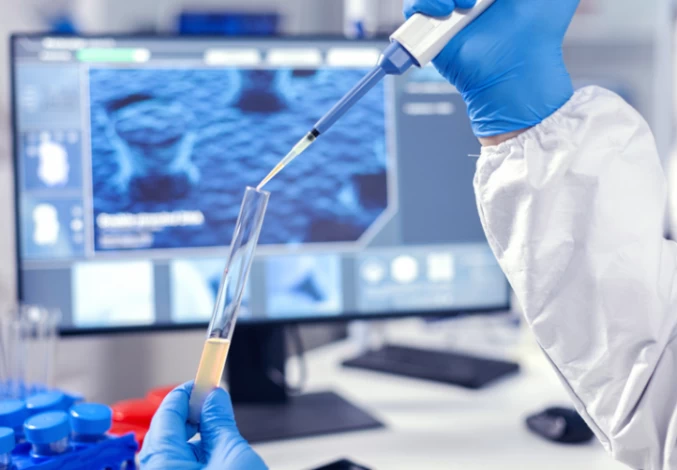
Infertility Treatment in Iran
With over 30 years of experience, Iran is one of the world’s significant hubs in infertility treatment. The country has an impressive track record of achieving outstanding success rates in IVF and other assisted reproductive techniques.
Many Iranian doctors have received international training and are well-regarded in the field of infertility treatment. Iranian infertility clinics also feature cutting-edge medical facilities equipped with the latest advancements in reproductive technologies.
Furthermore, Iran offers the most cost-effective Infertility Treatment Methods without compromising on the quality of care. Patients can save up to 60% compared to other countries by choosing Iran. For example, the cost of an IVF cycle in Iran is only 3500 USD.
FAQ in Sperm Morphology
1) Can Abnormal Sperm Morphology Cause Birth Defects?
Abnormal sperm morphology can potentially contribute to birth defects, although it is not a direct cause. When a sperm with abnormal morphology fertilizes an egg, it may lead to genetic abnormalities in the resulting embryo. These genetic abnormalities can increase the risk of birth defects or developmental disorders in the baby.
However, it is important to note that not all pregnancies with abnormal sperm morphology will result in birth defects. Many factors, including the mother's overall health and other genetic factors, also play a role in determining the risk of birth defects.
2) Does age affect sperm morphology?
Yes. As men age, the count, quality, and morphology of their sperm may decline. Research suggests that older men may have a higher percentage of abnormal sperm compared to younger men. This can be due to various factors, including DNA damage and oxidative stress, that may accumulate over time.
3) What is the abnormal range of sperm morphology?
The exact range can vary, but usually, the abnormal sperm morphology range is between 0% to 3%.

 WhatsApp
WhatsApp
 Telegram
Telegram
 Facebook
Facebook
 Email
Email



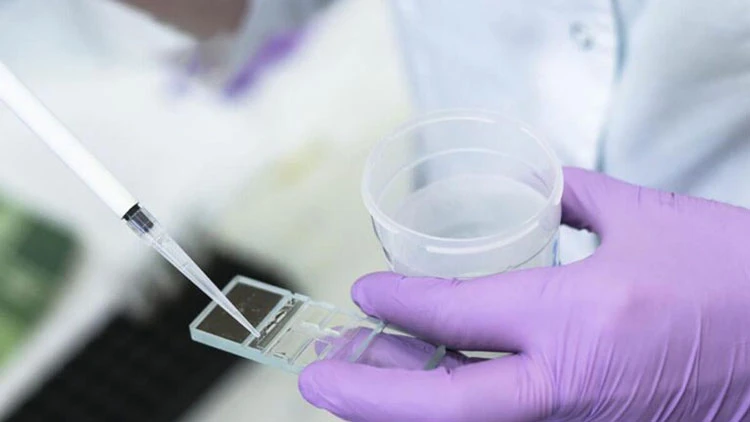
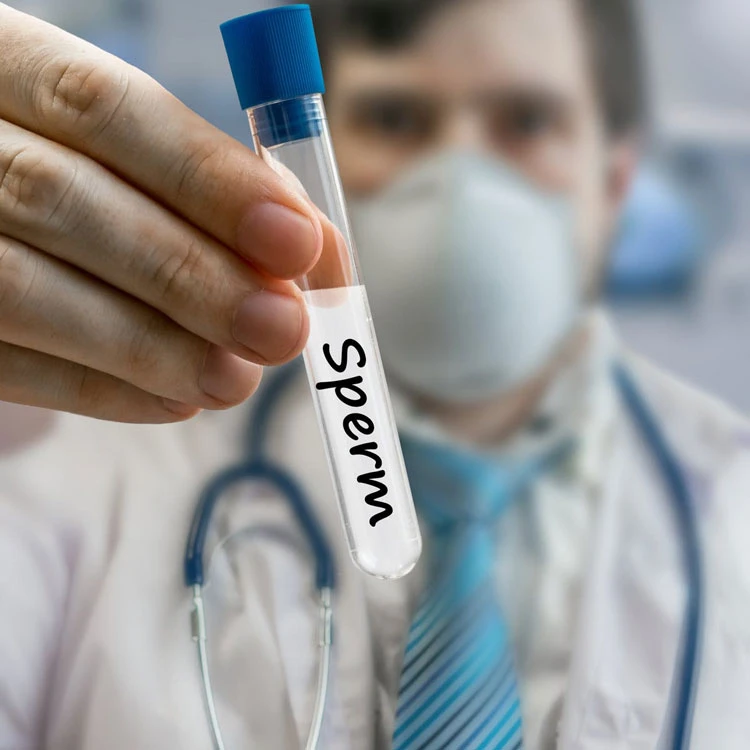


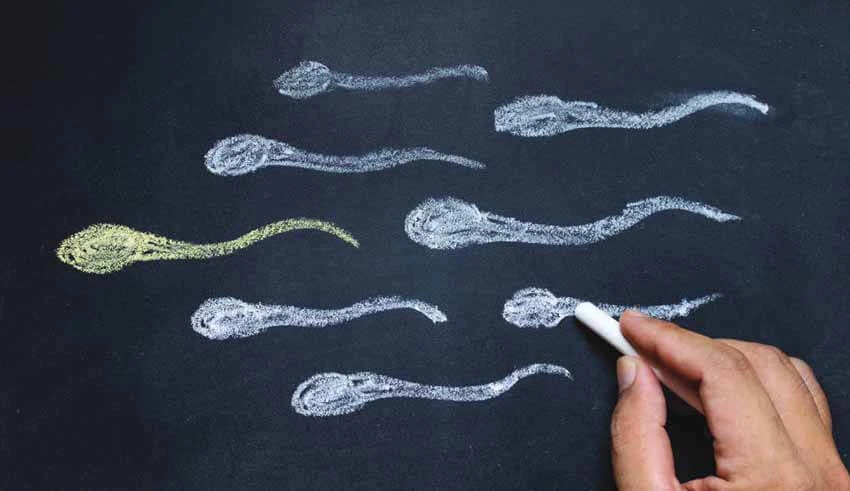
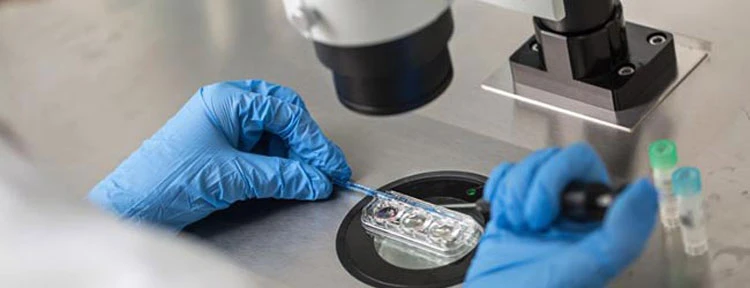

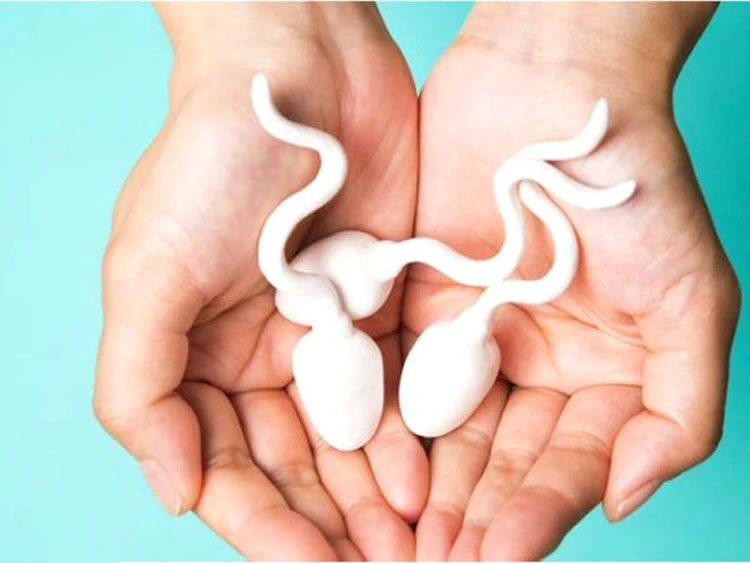
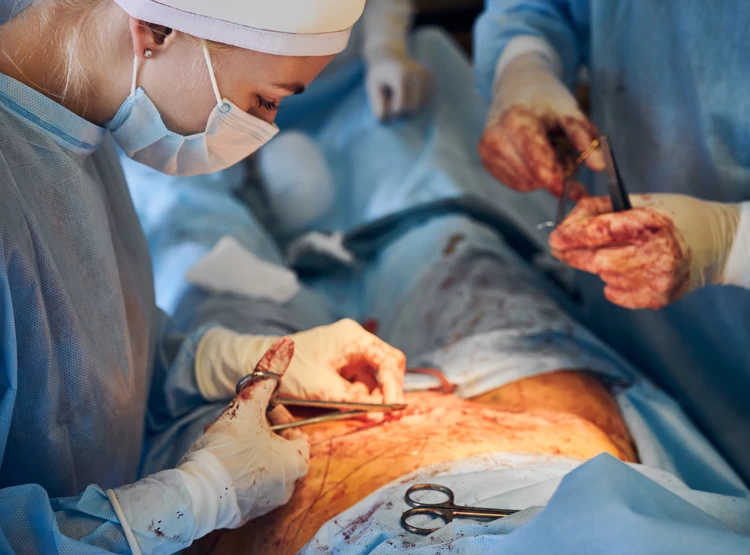
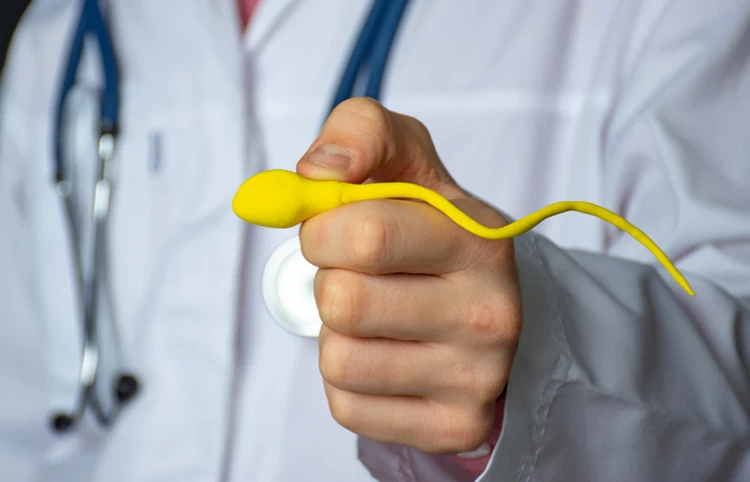
No reviews
Your comment